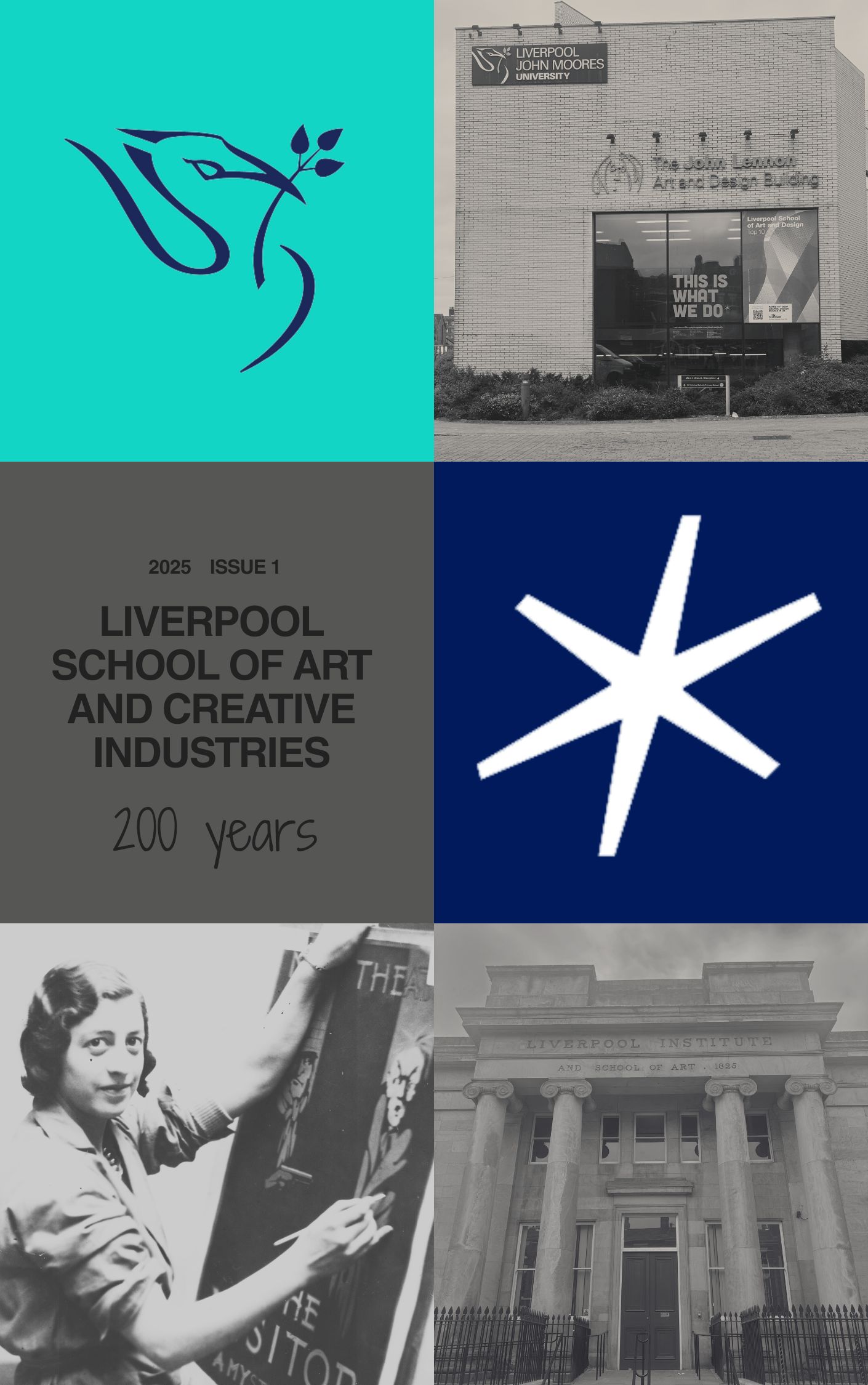‘Our Most Beautiful Contrivances’: Exhibiting Empire in Nineteenth Century Liverpool
DOI:
https://doi.org/10.24377/LSACI.article3150Abstract
By the turn of the nineteenth century Britain, like many of its European neighbours, had taken an interest in advancing technological knowledge through the exhibiting of mass-produced goods, first on a national, and by 1851, an international scale. Underpinning these ventures was a desire to drive sales and to apply to manufactured goods an aesthetic sensibility in which the fine arts were united with the tools of industry. Whilst many regard Birmingham’s 1849 ‘Exhibition of Industrial Arts and Manufacturers’ as being Britain’s first national exhibition of industry, recent evidence has emerged which challenges this long-held perception. Research conducted by Dr Isabel Robinson of LJMU’s History Department has brought to light compelling evidence which locates the seeds of this cultural movement to regional initiatives within the heartland of the Industrial North. Significantly, her research has shown that during the mid-nineteenth century, the city of Liverpool was instrumental in cultivating what has come to be known as the ‘World Fair Movement.’ Dr Robinson’s broader research focusses on the extent to which LJMU’s earliest schools were complicit in enslavement, empire, and the distribution of racial science. Composed of at least thirteen antecedent colleges, the university we know today actually began life in 1825 as the Liverpool Mechanics’ School of Arts.
Downloads
Published
Issue
Section
License
Copyright (c) 2025 Isabel Robinson

This work is licensed under a Creative Commons Attribution 4.0 International License.
The copyright of content is retained by the author(s). Please check the specific licence for this item. The majority of the content in this journal is published under a Creative Commons Attribution Licence. Artworks are published under a Creative Commons Attribution-NonCommercial-NoDerivatives 4.0 International Licence. These licences allow others to read, download, copy, distribute, print, search, or link to the full text of works in this journal, or to use them for any other lawful purpose in accordance with the licence.
This journal provides immediate open access to its content and has no submission or publication fees.


